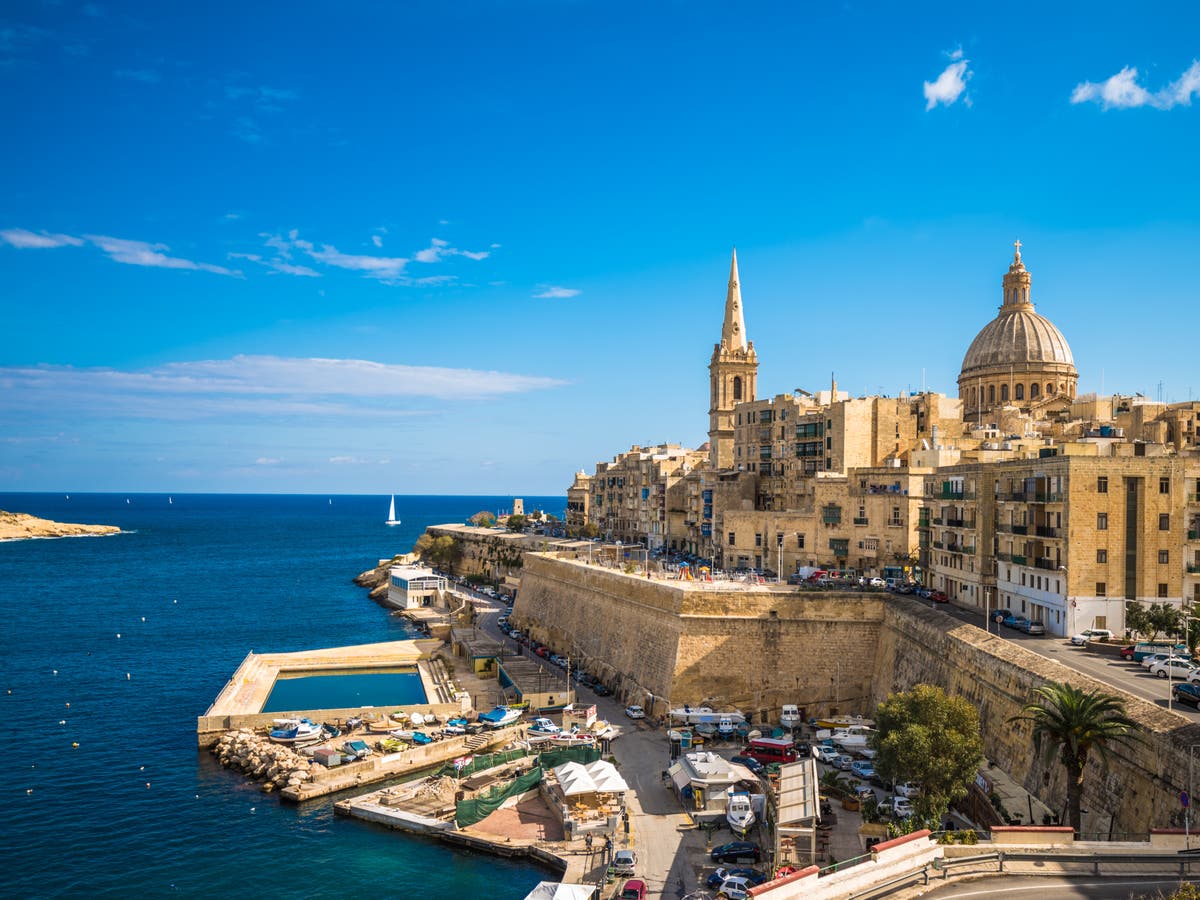The 7 Deadly Sins of Learning How to Cook
You can’t really call yourself an adult unless you have some familiarity with the kitchen, so the worst cooking sin of all is not knowing how to cook. But I get that learning to turn cold foods into hot...


Photo: Just Life (Shutterstock)
You can’t really call yourself an adult unless you have some familiarity with the kitchen, so the worst cooking sin of all is not knowing how to cook. But I get that learning to turn cold foods into hot foods can be intimidating, so I’ve put together this list of seven huge cooking “don’ts.”
Following these tips isn’t going to turn you into Chef Boyardee (or even Chef Boy-Am-I-Hungry), but they might keep you from burning down your house, poisoning your guests, or cutting off a toe.
2 / 9
Ignoring basic kitchen safety
Ignoring basic kitchen safety

Photo: Friva (Shutterstock)
All of your kitchen disaster stories should be about how horrible your food tasted, not about the time you burnt down the house or lost the tip of your finger. Cooking is not as dangerous as skydiving, but you’re still dealing with hot surfaces, open flames, sharp blades, and potentially deadly poisons, so you should know the basics of kitchen safety. Here’s a quick rundown:
Getting too ambitious

Photo: Razor527 (Shutterstock)
Just about every would-be chef has looked at a complicated recipe for something like Baked Alaska and thought, “It’s just following directions; how hard could it be?” only to find out it can be very hard (and subsequently shoveling Bake Craplaska into the garbage). Some kinds of meals require techniques you are not familiar with and equipment you don’t own. But don’t worry: The world is full of simple recipes that end in delicious meals. Start there and work your way up.
4 / 9
Not planning or preparing enough
Not planning or preparing enough

Photo: Malina Syvoravong (Shutterstock)
Whether you get all French and call it mise en place or go with “preparing beforehand,” when you’re cooking, you need to organize things and have a plan. If preparing from a recipe, read it all the way through before you start, then do everything possible to get ready before heating up a pan. That means chopping everything that needs chopping, measuring everything that needs measuring, opening the cans, and having a rough idea of how it’s all going to go together when it’s showtime. Cooking is way less stressful when you’re not rushing to mince garlic to put into rapidly heating oil. Oh, and start with a clean kitchen.
Not tasting as you cook

Photo: Inside Creative House (Shutterstock)
Be like the smiling goofball you see in the stock photo above: Taste your food throughout the cooking process and your son will finally respect you. Even if you’re following a recipe to the letter, you still need to taste and spice as you go. Not only will this make the meal better, it will help you understand how cooking changes the flavor and texture of ingredients, how spices and ingredients interact with each other and with heat, and whether everything is going according to plan, so your next meal will be even better.
One more thing: Use a wooden spoon.
6 / 9
Overcooking and undercooking
Overcooking and undercooking

Photo: Ju PhotoStocker (Shutterstock)
Overcooking is a bigger sin than undercooking, because you can always cook food more but you can never cook food less. Still, you shouldn’t be afraid of a nice hot pan either. Without it, you’ll never get those roasty, toasty, browned flavors that come about from the Maillard reaction. You’ll eventually develop a feeling for when things are cooked just right for your taste, but until then, make frequent use of cooking thermometers, make sure you understand the heating peculiarities of your stove and oven, and follow the recipe.
Most importantly, to prevent food poisoning, know which foods can be safely served rare (beef) and which cannot (chicken).
7 / 9
Not having enough patience
Not having enough patience

Photo: VirtualShutter (Shutterstock)
Beginner chefs really want to get in there and help the food out, but a lot of cooking is just waiting around for the molecules to move fast enough. Have patience: all your flipping, prodding, rearranging, and oven-opening is only making things worse (unless it’s a sauce that requires constant stirring or something similar.)
On a related note: Do not overcrowd the pan or the cookie sheet. The result will not be to your liking, trust me. I do this one all the time, almost as a compulsion, and every time I think, “Damn, it’s all soggy because it was crushed up together.” Don’t crowd your food or you might end up like me.
Burning the garlic

Photo: gresei (Shutterstock)
Garlic is in everything, but it can be finicky. It cooks very quickly, and burnt garlic tastes like ass, so you’ll have to throw the whole sad, bitter mess into the garbage if you screw it up.
For many recipes, the idea is to infuse the oil with garlic flavor, so you can just put the oil and garlic over low heat and let it mellow for a bit, even if the recipe calls for high heat.
Lifehacker’s spicy senior food editor Claire Lower is all about garlic, and she pointed out to me that if you’re cooking with high heat, like in a wok, you add garlic for just long enough to release its aromatics, then take it off and add it back in later. But whether it’s high heated or slow cooked: Don’t burn garlic.

 Koichiko
Koichiko 































